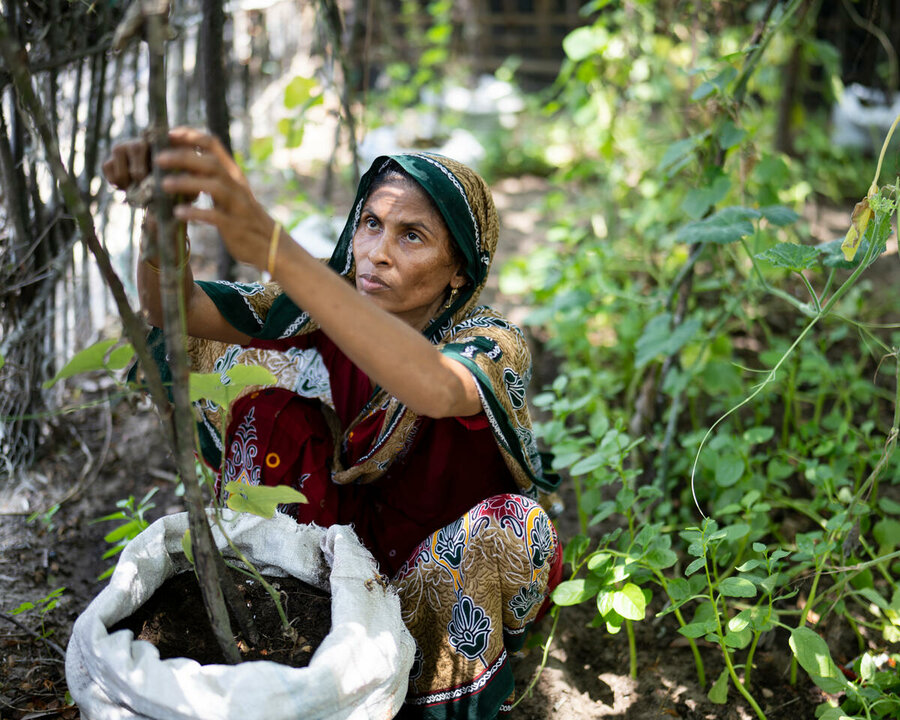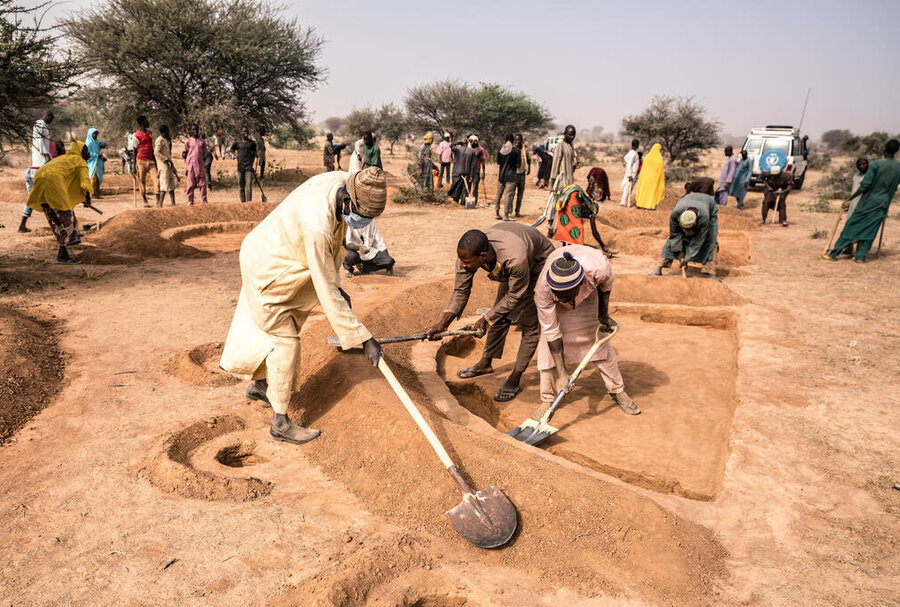‘Five things I took away from COP27 – on women, young people and climate action’

More women in positions of leadership
Around 110 heads of state attended COP27. Yet only seven of those were women.
Gender equality is important in all forms of leadership but particularly in relation to climate change as women are disproportionately affected by climate impacts. How can we expect to tackle the climate crisis without proper representation and inclusion of women in positions of power?
As a young woman, it is incredibly disheartening to see this lack of representation in the leaders who hold the future of the planet in their hands.

1.5°C degrees is a limit, not a target
With the landmark Paris Agreement at COP21 in 2015, nearly 196 countries set the goal of limiting the global temperature rise to 1.5°C degrees on pre-industrial levels. Despite promises, however, emissions keep going up – along with pessimism about the political will to stick to plan.
So is the 1.5°C limit dead, as some claim? Well, in many ways this is a valid point – the planet has already warmed by about 1.1°C. Studies suggest that temperatures could cross the 1.5°C threshold within a decade. But climate action is based on the principle of hope that we can still avoid the worst. If we accept that this limit will inevitably be surpassed, we risk the decline of already half-hearted mitigation efforts.
Make funds available for adaptation
When we talk about tackling climate change, the first thing that often comes to mind is climate change mitigation – reducing greenhouse gas emissions. But communities on the frontlines of the climate crisis cannot wait for the developed world to stop burning fossil fuels. They are already being hit by more frequent and intense climate disasters and need urgent support to adapt.
Currently, most climate finance is directed towards climate mitigation. Yet, adaptation needs in the developing world are predicted to rise by up to US$340 billion a year by 2030. If there’s any hope of providing enough funding to support these countries to adapt, developed countries need to drastically ramp up their ambitions and ensure that at least half of all climate funding is directed to adaptation efforts.

Youth participation must be more than tokenism
During one of the many events on the sidelines of COP27, I witnessed a great example of active youth participation when an 18-year-old climate activist stood up to ask a question. While she was speaking, the moderator beckoned her to come on stage and join the panel. She argued that young people don’t need leaders to tell them they’re important – they need them to invite young people to the table as equals.
The introduction of a youth envoy, the first ever children-and-youth pavilion and the Secretary-General’s youth advisory group on climate change are among commendable efforts to engage young people this year at COP27. But there are still so many barriers to youth participation, not least the astronomical costs required to attend high-level conferences. Next year we’d like to see at least one young person supported to join every delegation and advisory group.

Keep in step with the real world
Since the first COP meeting in 1995, the conferences have grown from small technical meetings into one of the largest international meetings in the world, with over 40,000 people gathering in a trade-fair style event.
And while the COP process is our best hope of tackling the climate crisis, we must remember that the reality of climate change does not happen inside a conference centre. Millions of people on the frontlines of the climate crisis are living that reality every day. They’re not at COP27 because they’re busy trying to survive.
The World Food Programme (WFP) attended COP27 to advocate for those on the frontlines of the climate crisis and call on global leaders to scale up climate adaptation and solutions for loss and damage, prioritizing investment in fragile settings and transform our food systems.
Jenny Wilson is the World Food Programme's Climate Change Account Manager
